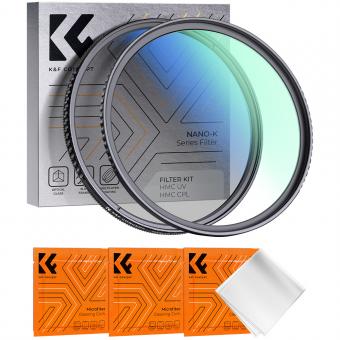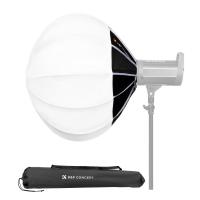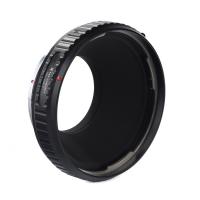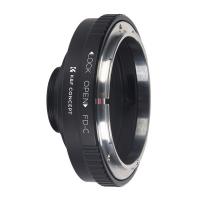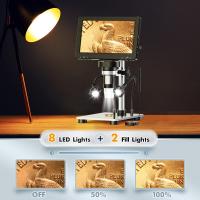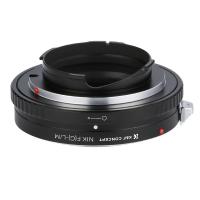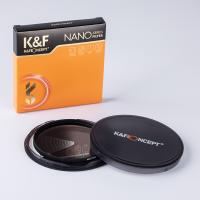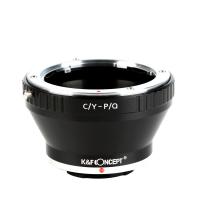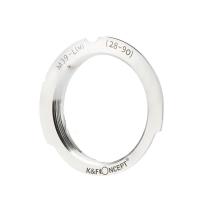Who Made The Microscope ?
The microscope was invented by Zacharias Janssen and his father Hans Janssen in the late 16th century.
1、 Zacharias Janssen and Hans Lippershey (controversial)
The invention of the microscope is often attributed to Zacharias Janssen and Hans Lippershey, although there is some controversy surrounding their contributions. Zacharias Janssen, a Dutch spectacle maker, is believed to have developed the first compound microscope around the year 1590. He and his father, Hans Janssen, were known for their expertise in crafting lenses and optical instruments.
However, another Dutchman named Hans Lippershey is also credited with the invention of the microscope. Lippershey was an eyeglass maker and is said to have applied for a patent for a "spyglass" in 1608, which some argue was the first microscope. This claim is supported by the fact that Lippershey's patent application described a device that could magnify small objects.
The controversy arises from the lack of concrete evidence to definitively attribute the invention to either Janssen or Lippershey. The historical records are incomplete, and there are conflicting accounts and claims from different sources. Some argue that Janssen and Lippershey may have even collaborated on the development of the microscope.
It is important to note that the microscope did not suddenly appear with the work of Janssen or Lippershey. The development of lenses and optical instruments had been progressing for centuries, and the microscope was a culmination of these advancements.
In recent years, there has been a shift towards acknowledging the collective efforts of multiple inventors in the development of the microscope. It is now recognized that the invention of the microscope was a gradual process, with contributions from various individuals over time.
In conclusion, while Zacharias Janssen and Hans Lippershey are often credited with the invention of the microscope, the true origins of this remarkable instrument remain somewhat controversial. The latest point of view acknowledges the collective efforts of multiple inventors and recognizes the microscope as a product of gradual advancements in lens-making and optical technology.
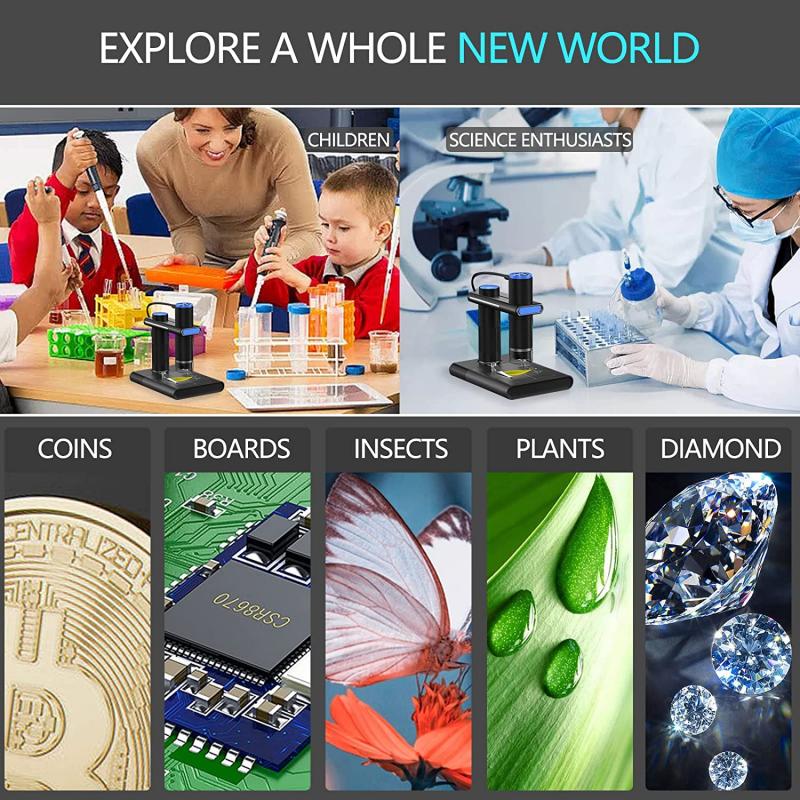
2、 Antonie van Leeuwenhoek (credited with significant improvements)
Antonie van Leeuwenhoek is credited with significant improvements in the development of the microscope. While he did not invent the microscope itself, he made groundbreaking advancements that revolutionized the field of microscopy.
Born in 1632 in the Netherlands, Leeuwenhoek was a Dutch scientist and tradesman. He is often referred to as the "Father of Microbiology" due to his pioneering work in the field. Leeuwenhoek was a skilled lens grinder and used his expertise to create high-quality lenses for microscopes. He developed a simple microscope with a single lens, which he used to observe and document microscopic organisms.
Leeuwenhoek's microscopes were far superior to the existing models of his time. He achieved magnifications of up to 300 times, allowing him to observe bacteria, protozoa, and other microscopic organisms in great detail. His observations and meticulous documentation of his findings laid the foundation for the field of microbiology.
It is important to note that Leeuwenhoek's microscopes were not the first microscopes ever made. The invention of the compound microscope, which uses multiple lenses, is generally attributed to Zacharias Janssen and his father Hans in the late 16th century. However, Leeuwenhoek's improvements in lens quality and design greatly enhanced the capabilities of the microscope.
In recent years, there has been some debate about the exact contributions of Leeuwenhoek and whether he truly deserves all the credit for his advancements. Some argue that other contemporaries, such as Robert Hooke, also made significant contributions to the development of microscopy. However, Leeuwenhoek's meticulous observations and his ability to achieve high magnifications remain unparalleled for his time.
In conclusion, while Antonie van Leeuwenhoek did not invent the microscope, he made significant improvements to its design and capabilities. His advancements in lens quality and his meticulous observations of microscopic organisms laid the foundation for the field of microbiology. Despite some debate, Leeuwenhoek's contributions to the development of the microscope remain highly significant and he is rightfully credited as a key figure in the history of microscopy.
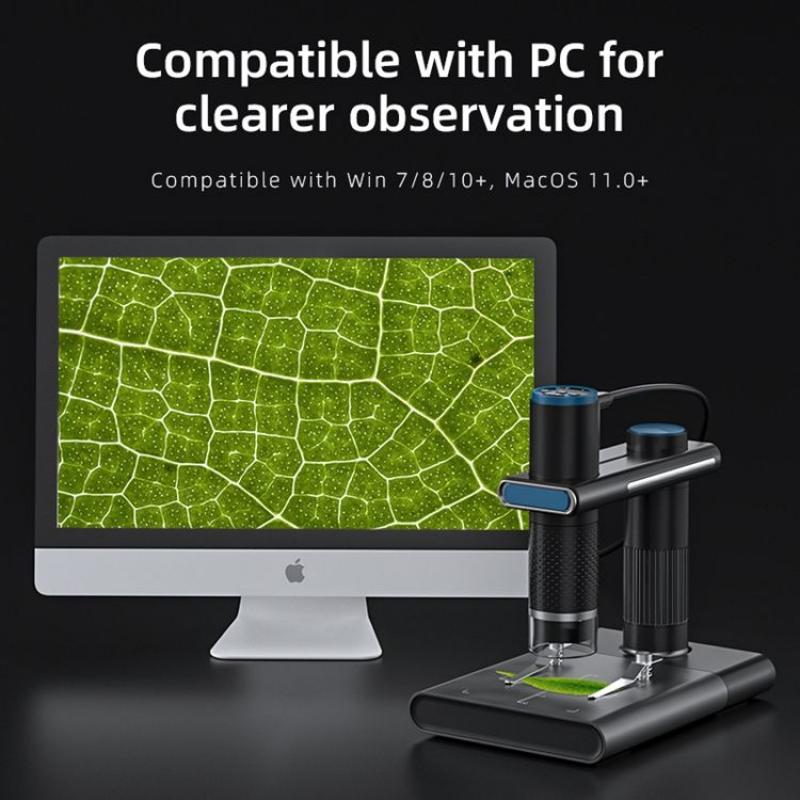
3、 Robert Hooke (contributed to the development of compound microscopes)
Robert Hooke, an English scientist, is widely credited with contributing to the development of compound microscopes. In the 17th century, Hooke made significant advancements in microscopy, which revolutionized the field of biology and paved the way for further scientific discoveries.
Hooke's most notable contribution to microscopy was his publication of "Micrographia" in 1665. In this groundbreaking work, he described his observations using a compound microscope, which he had designed and built himself. Hooke's microscope consisted of two lenses that allowed for higher magnification and improved clarity compared to previous models. He used this instrument to examine a wide range of specimens, including insects, plants, and even human tissues.
Hooke's observations in "Micrographia" were not only remarkable for their scientific significance but also for their artistic beauty. He meticulously illustrated his findings, providing detailed drawings of the structures he observed under the microscope. These illustrations captivated readers and helped popularize the use of microscopes in scientific research.
While Hooke's contributions to microscopy are undeniable, it is important to note that he was not the sole inventor of the microscope. The development of the microscope was a gradual process, with multiple scientists and inventors making significant contributions over time. However, Hooke's work played a crucial role in advancing the field and establishing the microscope as an essential tool for scientific investigation.
In recent years, there has been some debate and reevaluation of Hooke's contributions to microscopy. Some scholars argue that Hooke's microscope was not as powerful as previously believed and that he may have exaggerated his observations in "Micrographia." However, regardless of these debates, Hooke's work undeniably pushed the boundaries of scientific exploration and laid the foundation for future advancements in microscopy.

4、 Ernst Abbe (introduced the concept of numerical aperture)
Ernst Abbe, a German physicist, is widely credited with introducing the concept of numerical aperture, which revolutionized the field of microscopy. While Abbe did not invent the microscope itself, his contributions to the understanding of optics and lens design greatly advanced the capabilities of microscopes.
Abbe's work on numerical aperture, which he published in 1873, focused on the ability of a lens to gather and focus light. He realized that by increasing the numerical aperture of a lens, the resolution and clarity of the microscope's image could be significantly improved. This concept became fundamental to the design and development of high-quality microscopes.
Abbe's collaboration with Carl Zeiss, a renowned microscope manufacturer, further propelled the advancement of microscopy. Together, they developed the first oil immersion objective, which allowed for even higher magnification and resolution. This breakthrough enabled scientists to observe smaller and more intricate details of biological specimens.
It is important to note that while Abbe's contributions were groundbreaking, the development of the microscope was a cumulative effort over centuries. The earliest microscopes can be traced back to the late 16th century, with notable contributions from scientists like Antonie van Leeuwenhoek and Robert Hooke.
In recent years, there have been further advancements in microscopy, such as the development of super-resolution techniques like stimulated emission depletion (STED) microscopy and structured illumination microscopy (SIM). These techniques have pushed the boundaries of resolution, allowing scientists to observe structures at the nanoscale.
In conclusion, while Ernst Abbe did not invent the microscope, his introduction of the concept of numerical aperture and his collaboration with Carl Zeiss significantly advanced the capabilities of microscopes. His work laid the foundation for modern microscopy and continues to influence the field to this day.



